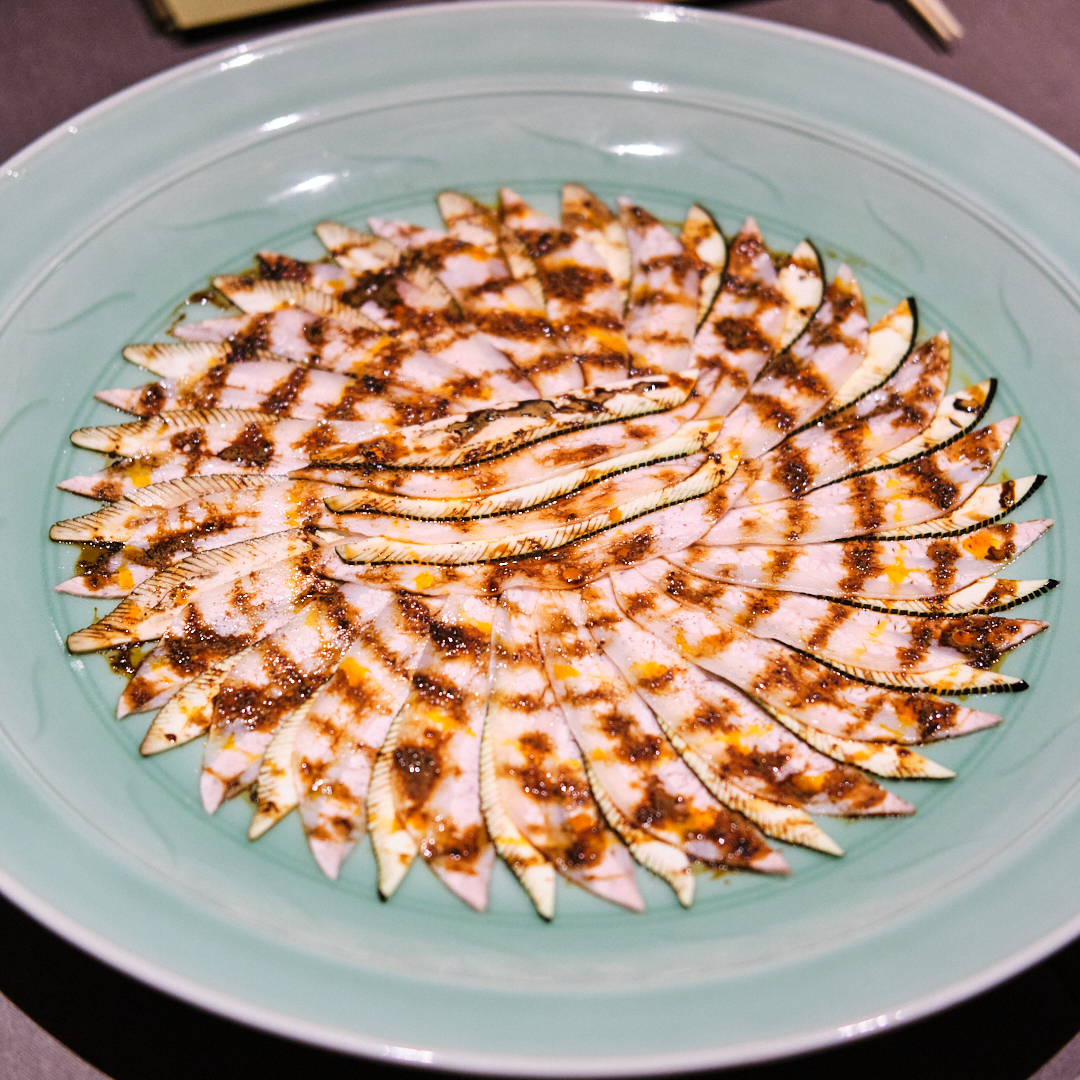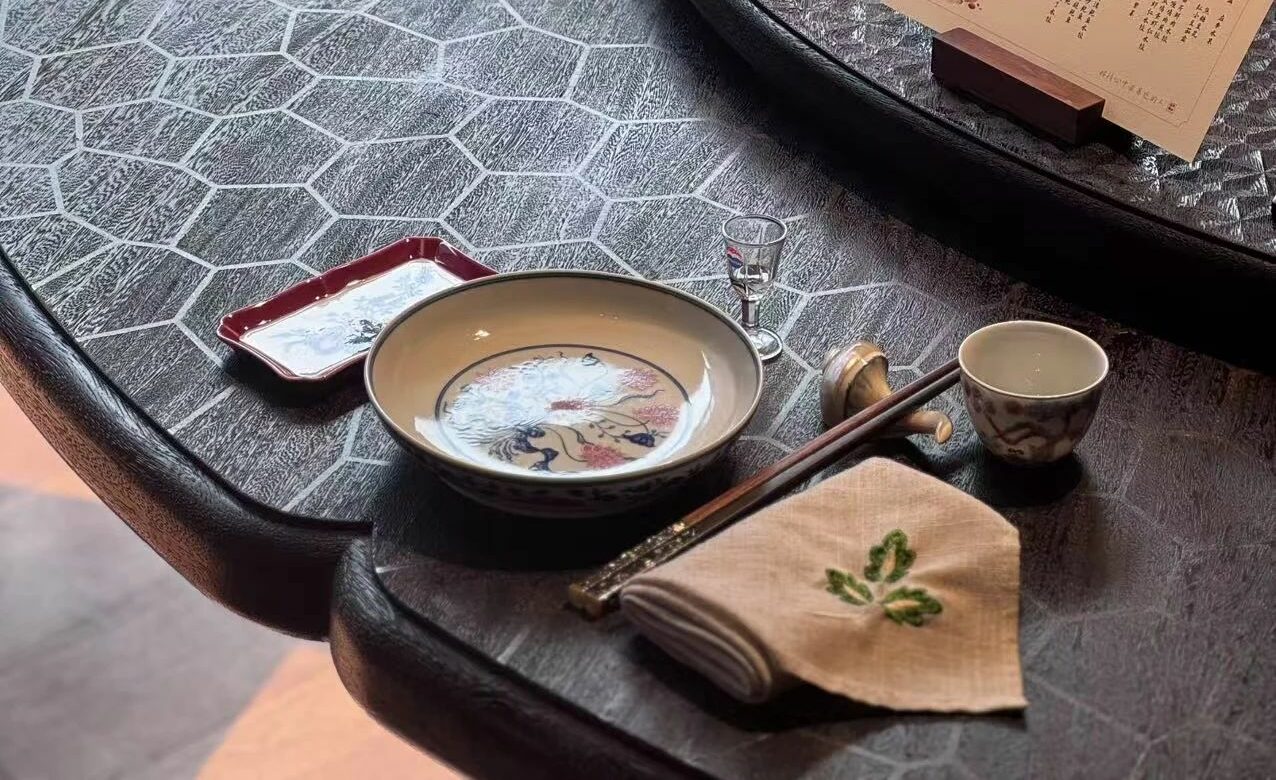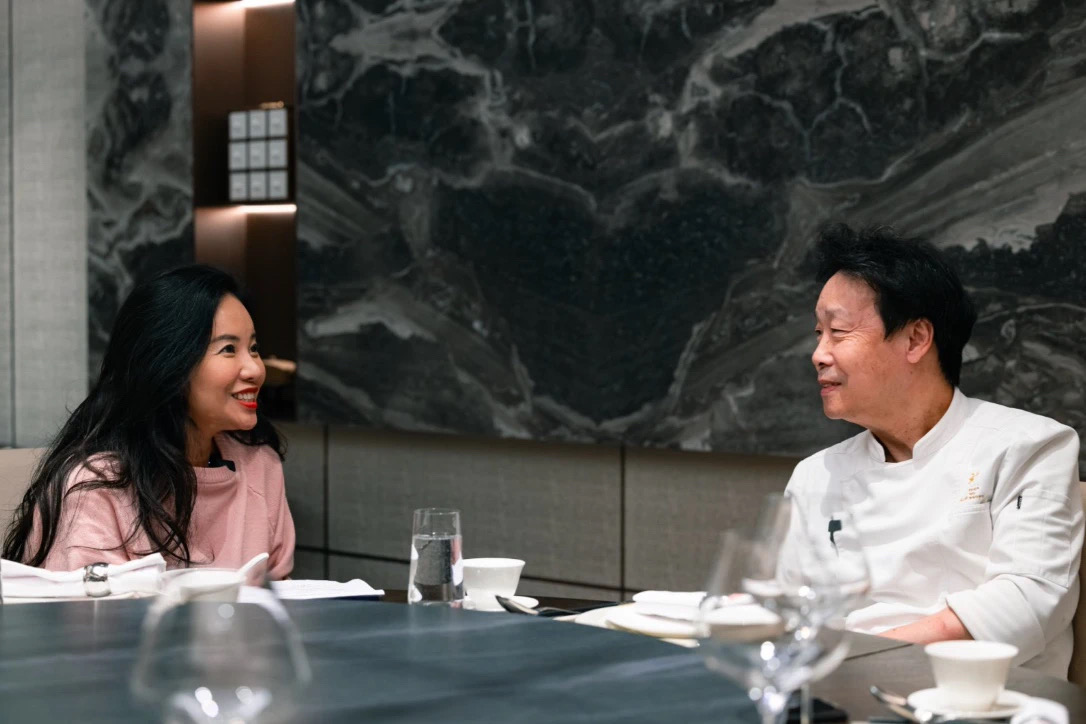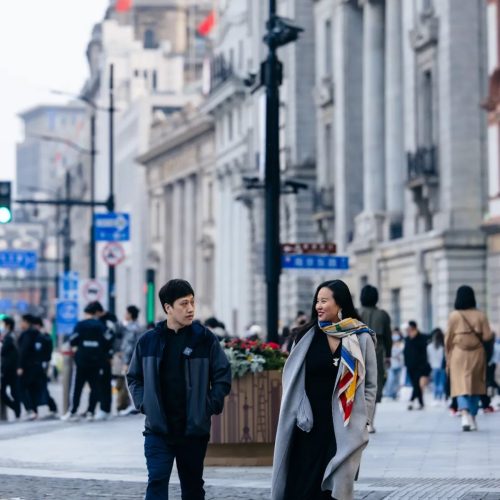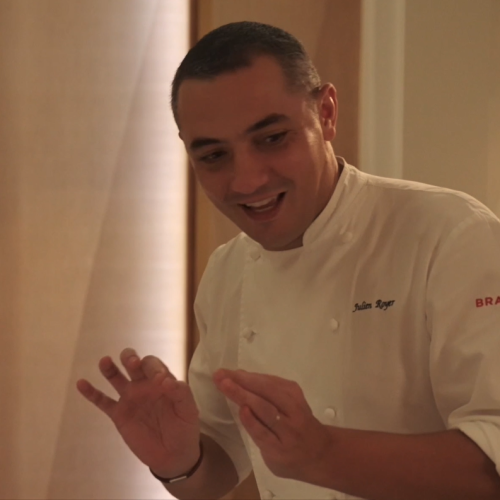Japan’s only Michelin three-starred Chinese restaurant, Sazenka, aims to showcase the essence of Chinese cuisine with the splendid ingredients in Japan. The experience was truly flawless and full of pleasant surprises. The veritable three stars has made Sazenka the most convincing and worth-visiting restaurant on this trip to Tokyo.
Tomoya Kawada’s ambition to become a chef at the age of five was inspired by a simple Mapo tofu dish, which led him to dedicate most of his life to Chinese cuisine. Having visited China many times, he now speaks fluent Chinese and especially likes Sichuan cuisine. After a decade of Chinese cuisine training at Azabu Chuko, he decided to embark on a new phase of his career and joined the Japanese restaurant, Nihonryori Ryugin in Tokyo and later their branch in Taiwan. In 2017, he set up his own restaurant, Sazenka, which was awarded two Michelin stars the same year and three stars in 2021, making it the only three-starred Chinese restaurant in Japan and the only three-starred Chinese restaurant outside China. The whole Chinese chef community was shocked.
Many Chinese chefs have wanted to visit Sazenka. For business reasons, I once contacted Chef Kawada during Covid and was impressed by his interesting and sincere personality.
I had the opportunity to visit Sazenka during the business trip to Tokyo this time. Located in Tokyo’s upmarket Minami-Azabu district, the restaurant is housed inside a villa with a two-storey dining area and a private dining room for six on the second floor. To best serve its customers, the restaurant usually recommends a party of four or even two people. This is in line with Ryugin’s philosophy.


Chef Kawada cooks refined Chinese cuisine infused with a Japanese sensibility, boasting superb grilling techniques and a wide array of creative flavours. Although he bases his dishes on a Japanese palate, good food is good food no matter where it comes from. The meal left us in awe: dishes came like a whirlwind of highlights and culminated one after another as if accompanied by music from the Cooking Master Boy in the background. Satisfied as I was, we were truly amazed by how a Japanese chef managed to cook Chinese food so well.
This November, a crab feast was presented at Sazenka. Once seated, a pale green envelope carefully wrapped inside a menu in Chinese, together with a card that wrote Chef Kawada’s most notable philosophies: Wakon-Kansai, a phrase originates from the Heian period (794~1185, Heian means “peace” in Japanese) according to Chef Kawada, meaning using Chinese culinary technique to present Japanese ingredients so as to achieve a state of harmony; Sazen-Ichimi, which describes oneness of tea (“sa”) and Zen (deep meditation), is used to convey that while the process may be different, what is imagined by tea and Zen is the same –to connect one’s body with mind; Shinmi-tada-kore-Tannari is part of a life philosophy quotation from Caigentan (or “Cabbage Roots Talk”, a popular book of Confucianism by a Chinese scholar in Ming Dynasty) – Good wine and savoury food are not natural taste, but blandness is; geniuses and supermen are not of perfect virtue, but the common is. Chef Kawada finds the first half of the sentence echoed his culinary philosophy: true flavour is found in the lightness of taste, not in excessive flavouring.

The first course was a bowl of somen noodles in a clear soup drizzled with a few drops of tea oil, an oriental, tea-themed start to warm the stomach. Next was Golden Century Egg deconstructed into three layers: center egg yolk, outer egg yolk with soya milk, and crystal clear egg white. This way of handling the century egg could help more people understand this Chinese fare.



Melissa Tse@supertastermel_instagram
The Steamed Hairy Crab Roe with Fried Wonton was served with a spoonful of male crab roe and another of female crab roe placed in the steamer. The female crab roe was layered and fuller, while the male crab roe was soft and creamier. The crispy fried wonton was richly stuffed with luscious crab roe that overflowed in the mouth with heavenly sounds.


Melissa Tse@supertastermel_instagram
The finest ingredients are often prepared in the simplest way. The raw marinated hairy crab was served with half of a male and half of a female crab for comparison of the different crab roe. Sazenka sources quality hairy crabs from China to raw marinate them in Shaoxing wine, simple but with such premium quality and perfect cooking, it was almost the best hairy crab I have ever tasted. The next two spoonfuls of male and female crab claw meat soundly brought you back to the original sweetness of the crab meat and also served as a palate cleanser.




Melissa Tse@supertastermel_instagram
It was usually all about crab in this season, but Chef Kawada treated us a special pork dish – Sliced Pork with Aubergine, based on a classic Sichuan cold plate sliced pork belly with garlic sauce. Chef Kawada’s version was steamed and served hot on the contrary, whose plating was like a work of art, with layers of aubergine underneath the sliced pork to cut through the richness. Chef mentioned that he had tried many different vegetables and found aubergines to be the most suitable. He made Sichuan soy sauce and red chili oil himself and pre-heated garlic to reduce its spiciness. Compared to the traditional version where pork is completely soaked in chili oil, here it was moderately blended into the sauce so that the lighter flavours can be more acceptable to a wider range of diners. Rich but not overwhelming, this was a unique dish from Chef Kawada who has mastered the essence of seasoning.

Melissa Tse@supertastermel_instagram
Each heavy dish at Sazenka is balanced by a lighter one. The Ice Fish with Rice Noodles was a cold noodle dish, and Wonton in Pheasant Clear Soup was the interlude. One of the highlights of the meal was the Spicy Chicken Wings stuffed with suppon (soft-shelled turtle) and shark fin, a variation on the spicy diced chicken. When it arrived, we could immediately smell the deliciously spicy aroma wafting from the dish. The soft-shelled turtle had a similar texture to chicken and because it had been simmered in high stock before being deep fried, it came with an intense flavour, a crispy skin and a juicy bite. Banana leaves were provided on the side so we can use it to hold the wing while we devour into it. The dish was so juicy and flavorful that we almost couldn’t find any word to describe such a state of peace and indulgence.


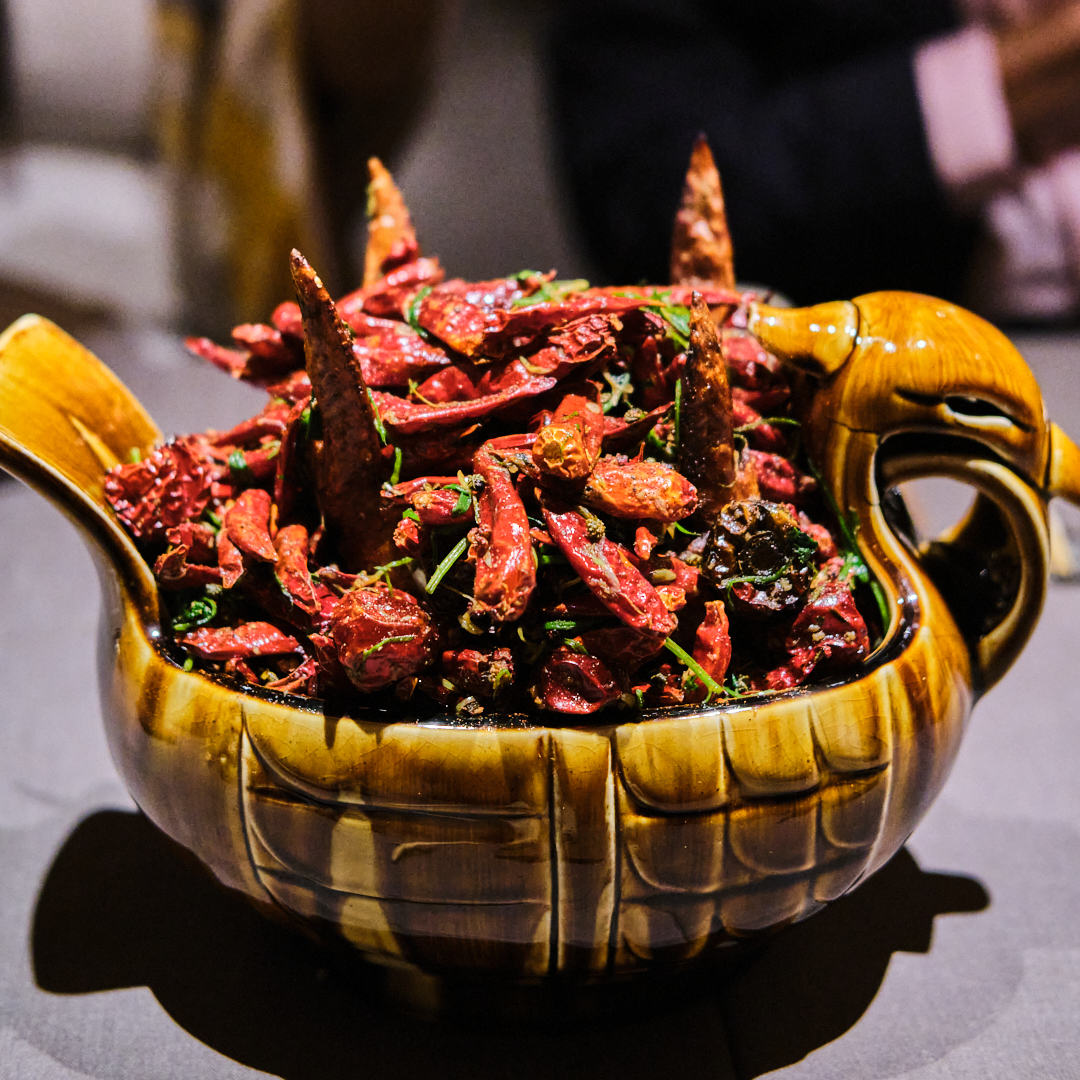

Melissa Tse@supertastermel_instagram
Steamed Hairy Crab was lavishly layered with male crab roe, female crab roe and crab meat, elevated by a dash of Zhenjiang vinegar. Simply cooked to perfection! Many Chinese restaurants overseas love to use Italian balsamic vinegar, but a Chinese dish is more Chinese when you use Chinese flavouring; in this case, Zhenjiang vinegar gives enough acidity to better enhance the crab roe.

The Hairy Crab Roe Sauce with Shark Fin were made using sustainable shark fins, meaning the sharks are fished sustainably and the whole sharks are consumed not just their fins. The gelatinous shark’s fins were simmered to perfection with a mellow, delicious aroma lingering. Next up was an off menu dish, Hairy Crab Roe Rice with White Truffle, which had a distinctive grainy texture and the white Alba truffle was freshly shaved. Beautiful autumn vibes!
Fried Turnip Cake featured a high proportion of white turnip which was incredibly sweet and juicy. It may look plain, but the cake was neatly shaped and fried which requires solid techniques.
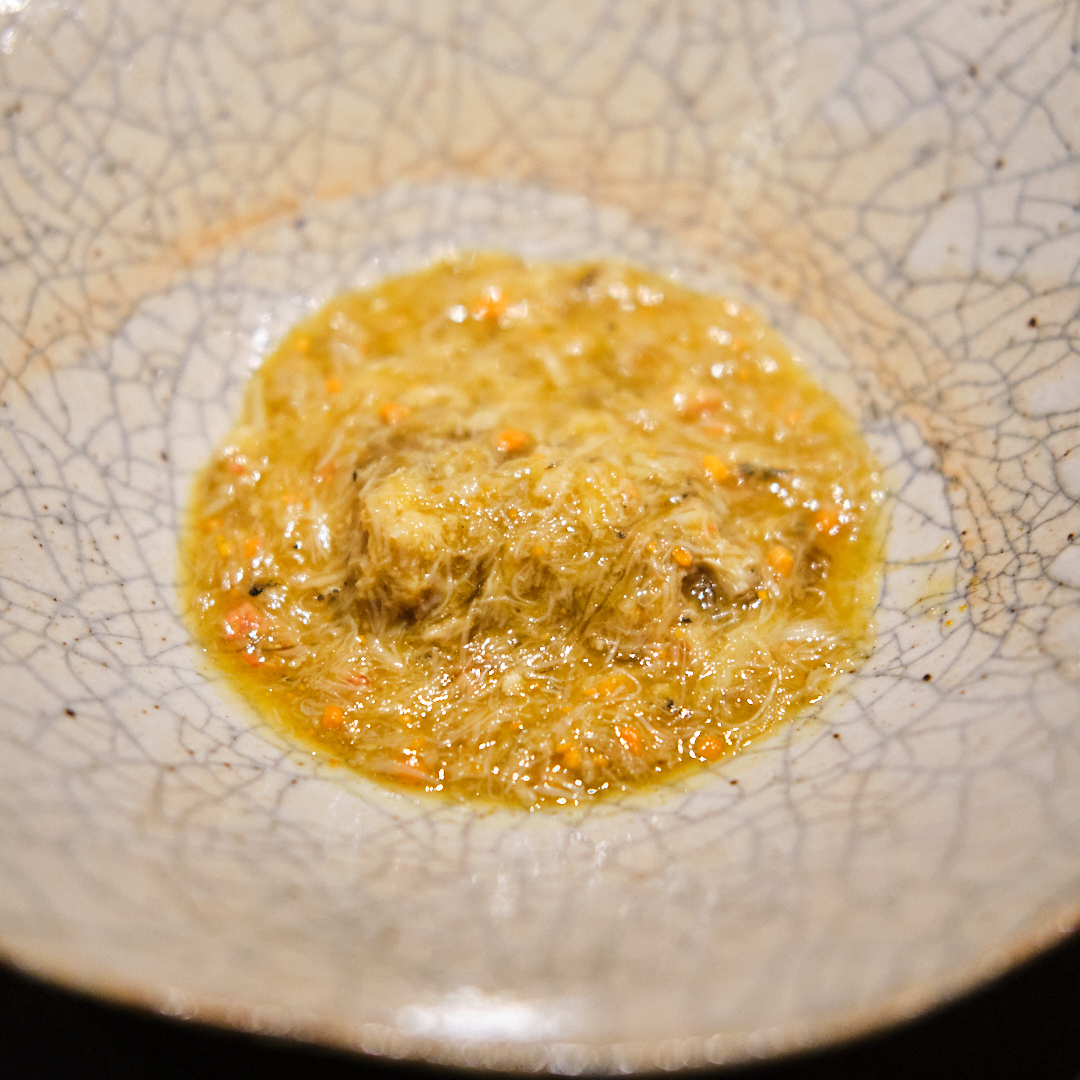



Melissa Tse@supertastermel_instagram
茶禪鴿子是三種口味與部位分別呈上,美味到全桌靜默,無暇說話。先是透過反覆油炸而成的五香脆皮鴿腿、山胡椒(馬告)脆皮燻鴿胸,使用炭火以及稻草煙燻之後以備長炭炭烤。這道菜,依照部位,計算我們品嚐的時間,分成三次上桌,都是在最佳狀態入口。試問有多少餐廳可以為了追求極致,增加服務的困難度,但這一切是值得的,調味、口感 、香氣 、溫度完全刷我記憶味蕾的一道菜。
最後是酥到入口即化的鴿頭,不在乎對切外露的鴿腦,最後吃到只剩下鴿子的嘴喙。當下我想到關於舊時代法國老饕對於圃鵐的狂熱(目前已經是保育類動物),一種會唱歌的小鳥,包括法國前總理密特朗也覬覦著將它連頭帶骨,一口吞下去,用餐巾蓋住臉就像是遮羞布一般。而當晚的我一點也不感到害臊,實在無法抵擋,充滿血肉的美麗,不食用完畢,才是暴殄天物。茶禪華也是米其林綠星獎得主,是以不浪費食材而言,確實符合可持續性標準。



Melissa Tse@supertastermel_instagram
The next was Mapo Tofu served with a pot of cooked rice. When you lift up the pot lid, the aroma of the rice was so captivating and the tofu was so flavourful. This is a dish that changed Chef Kawada’s life! Once in Chengdu , I asked Sichuan cuisine master Peng Ziyu “ What’s the best Mapo tofu should be tasted like ? “ “ With rice “ He said .


Egg Noodles with Hairy Crab XO Sauce echoes with the somen noodles at the beginning of the meal. Clear soup was made using high-level techniques commonly seen at traditional Sichuan banquets, and it was airy and translucent.


The dessert was Figs with Sesame Ice Cream with homemade fig jam, naturally harmonious and delicious. Tofu made from apricots served in almond tea was presented in hot and cold forms. The cold version was more like jelly and the hot version was creamier, showcasing the change of texture in one ingredient. The meal was finished off with Sweet Glutinous Dumpling with White Sesame.



Melissa Tse@supertastermel_instagram
The meal brought a sense of satisfaction that could only be achieved by adding several restaurants together. It was hard for me to put down my chopsticks even when I was already full because my mind still craved for more.
I asked Chef why he chose to train at Ryugin if he wanted to learn Chinese cuisine. Kawada said he wanted to create Chinese dishes that the Japanese would love, and that Ryugin’s emphasis on cooking with fire, especially frying and grilling techniques, is similar to Chinese cuisine. The congratulatory bouquet sent from the iconic chef Seiji Yamamoto was placed at the entrance, demonstrating the deep bond between master and disciple.

Kawada says, Japanese cuisine is about water and Chinese cuisine is about fire. The combination of the two is perfectly interpreted at Sazenka, where Chinese cuisine and kaiseki cuisine meet. He reinterprets Chinese flavours with sublime colours and impeccable aromas, imbued with warm hospitality and authenticity.
Since its opening, Sazenka has been one of the most difficult restaurants in Tokyo to book. Be aware it might take over six months to get a table. Although I had only just left, I said to myself “it would be great if I could visit every season”.
-END-
Author: Jocelyn 华姐
Photo: Melissa Tse@supertastermel_instagram/sazenka_instagram/Jocelyn 华姐



